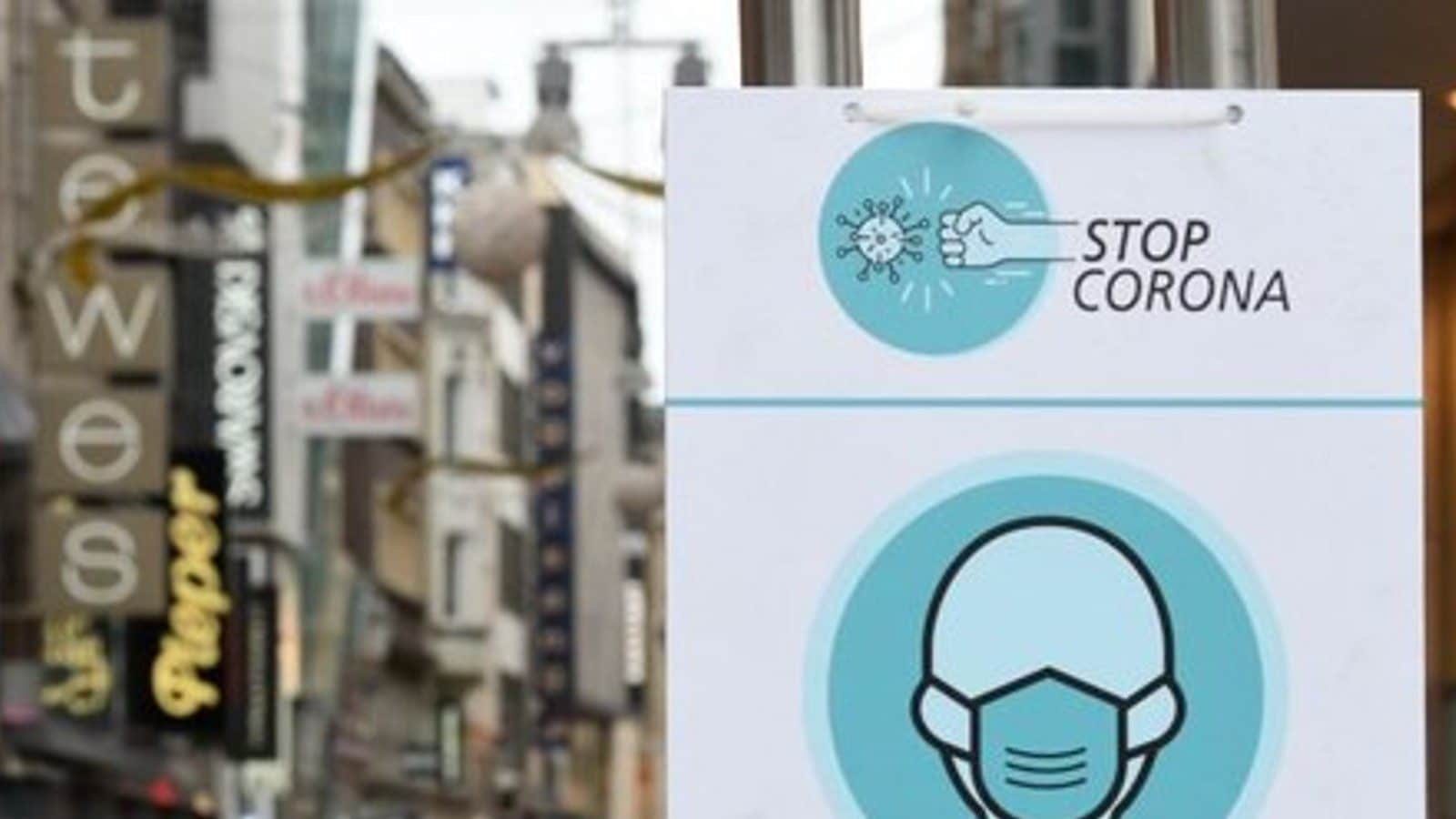)
No Medical Care, No Awareness Programs: Covid-19 Pandemic Pushed Adivasis Further into Invisibility
News 1828-year-old pregnant woman Tara Sorthey from the Gor tribal community had to travel around 10 km for a Covid-19 test in Chattisgarh’s Korba district. In September 2020, the Union Tribal Minister Affairs Minister Arjun Munda said less than 3 per cent population in 177 tribal-dominated districts in the county has been detected as positive for coronavirus, reporting “no major outbreak of the disease in tribal areas”. On the other hand, primary healthcare centres and hospitals at district and subdistrict levels lack a sufficient number of doctors and workers and that has “created a critical impact on the lives of tribal people” at a time when India has reported over four lakh daily coronavirus cases, opines the senior activist. Although primary health care centres and hospitals have been set up in district and sub-district levels, “there are not enough healthcare staff to take care of the covid situation there,” says Debbarma.“Although sub-centres have medical facilities and staffs, but not sufficient. “A 10 per cent hike, that too during the novel coronavirus disease pandemic, will not take us anywhere close to that goal,” said a health economist with the Public Health Foundation in a recent report.
History of this topic
)
Beyond the COVID-19 pandemic: Unanswered questions, lessons learnt and ongoing challenges
Firstpost
Health Matters | Of monsoons, maladies and medicine
The HinduAndhra Pradesh: We better mask up as COVID-19 cases rise
The Hindu
Ready, or not: The Hindu Editorial on rising numbers of COVID-19 cases and India’s state of preparedness
The Hindu
On Covid, India has no need to worry yet
Hindustan Times
India on alert for new variants as Covid wave sweeps China
CNN)
Maharashtra warns of COVID spike ahead of festive season, cautions against new Omicron subvariant
Firstpost)
Coronavirus Update: Big relief from Covid-19 pandemic, less than 2000 new cases in India
Firstpost
Settling India’s COVID-19 mortality data
The HinduCOVID: Too soon to say the worst of the pandemic is behind us
The Hindu
Coronavirus pandemic: India reports over 1.07 lakh new cases with positivity rate at 7.42%; 865 deaths
India TV News
Indians flood markets, tourist spots despite Omicron concerns
Al Jazeera
‘Much safer now’: Is India past the worst of COVID pandemic?
Al Jazeera
Coronavirus LIVE Updates: Fresh 10,488 Covid Cases in India; WHO 'Very Worried' about Virus Spread in Europe
News 18
Lessons for India from Kerala’s Covid experience
Hindustan Times
Is Kerala Covid situation a cause for concern?
New Indian ExpressCOVID-19 was never supposed to get into Indigenous communities. Now it's at the 'doorstep'
ABC)
India may have reached COVID endemicity, says WHO's Soumya Swaminathan
Firstpost
Covid in India entering endemic stage: WHO's Soumya Swaminathan
India Today
How did Indians forget the deadly covid second wave so soon?
Live MintVulnerable groups caught between two worlds amid lockdowns
The Hindu
The cusp: on disconcerting note of coronavirus story
The HinduTwo-thirds of Indians have antibodies, shows ICMR survey - The Hindu
The Hindu
Winning the Covid-19 Battle in Rural India: A Blueprint for Action
Hindustan Times
India reports 34,703 new Covid-19 cases, lowest in nearly four months; daily fatalities fall to 553
Hindustan Times
The unseen cost of covid’s long shadow on India
Live Mint)
Health workers battle vaccine hesitancy in remote tribal villages of Bihar
News 18)
ASHA, ANM, Anganwadi Workers Bravely Fought COVID in Rural India. Time We Train & Equip Them Better
News 18)
What Explains COVID Testing Hesitancy in India: Distress, Trauma and Fear of Social Stigma
News 18
COVID: Cosmopolitan India Dedicates It’s Cover to ASHA Workers
The Quint)
Rural India Accounted for 53% Covid-19 in May, Facing Excess Mortality, Reveals Report
News 18)
COVID-19: Superstitions, Traditions Fuelling Virus Spread in Rural Rajasthan
News 18
India's rural districts accounted for every second Covid death, 53% new cases in May: Report
India TodayRural health care needs fixing, and now
The Hindu
‘They were my neighbors and friends’: India’s second COVID wave ravages the countryside
LA Times
How are rural communities stemming covid-19’s spread?
Live Mint
India's Covid-19 crisis: Why I'm grateful I lost my parents before the current surge
CNN)
Coronavirus News Updates: Centre approves Rs 5 lakh assistance for families of 67 journalists who died of COVID-19 this year
Firstpost
What rural India needs right now to slow the spread of covid
Live MintWhen COVID-19 goes to the villages: challenges of managing the pandemic in rural areas | The Hindu In Focus Podcast
The Hindu
Are more young people dying from coronavirus in India?
The Independent
India’s Covid deaths top 300,000
CNN
Why rural Rajasthan is struggling to battle rising Covid-19 cases | Ground Report
India Today
Deep Dive: Amid Covid gloom, virus-proofed villages of India bring glimmer of hope
India Today
How this team of ex-servicemen is fighting the pandemic war in Rajasthan's Jhunjhunu
India Today)
Only 2 Percent Indian Population Hit by Covid-19, 98 Percent Still at Risk, Says Govt, Experts Question Claim
News 18)
Covid-19: Plugging Rural India’s Healthcare Gaps Calls For A Multi-Pronged Strategy
News 18)
Involve panchayats and NGOs to tackle COVID in rural India, say health experts
Firstpost
COVID-19 second wave hits tribal areas in Odisha
Live MintDiscover Related





)













)



























